Introduction to Sedum
Wondering whether to enhance your garden with some robust beauties? Look no further than sedum plants, a resilient and striking variety of succulents that promise to spice up your outdoor spaces. These tough little plants are incredibly forgiving, growing happily in conditions where other plants might struggle.
Imagine a palette of vibrant colors that only gets richer as the mercury drops, sedum is the artist’s choice for a garden that refuses to fade quietly into winter. Take ‘Autumn Joy’ for example, an aptly named variety that transforms from a green brocade to a tapestry of burnt sienna as the season turns.
To illustrate, let’s trek to the highlands of Mexico or even the cliffs of Greece, where sedum doesn’t just survive, it thrives amidst harsh sunlight and scant water. Emulating these environments, your garden could become a hardy oasis. Learn more about setting up your garden for success at this valuable resource.
From the dainty, ground-hugging varieties that softens your garden edges to the statuesque ‘Sedum spectabile’ standing tall among your flowers, sedum plants are the all-rounders we’ve been overlooking. And the best part? They’re not just summer show-offs; their dried flower heads provide texture and interest even in the deepest snow. Marvel at them, brush your fingers over their frosted tips, and you’ll find they’re more than just plants; they’re a year-round spectacle.
But how do you get started? Here’s an insightful article that delves deeper into the world of sedums and their care.
For those eager to transform theory into practice, immerse yourself in this video to witness firsthand the potential of sedum in your garden:
As gardeners, we are charged with the creative task of painting with the living, breathing medium of plants. Sedum offers us a rich palette to work with. So should you plant sedum? The more pertinent question might be, can you afford not to?
Benefits of Planting Sedum
Ever debated the idea of introducing some hardy greenery to your garden or patio? Let’s take a deep dive into the world of sedum, a group of succulents known for their resilience and easy-going nature. If you’re considering sedum, you’re on the verge of embracing a treasure trove of perks that these plants offer.
First and foremost, the drought tolerance of sedum is nothing short of impressive. Imagine a plant that thrives even when rain is little more than a fond memory. These succulents are built to survive the dry spells, storing water in their fleshy leaves to see them through the tough times. You’ll save water and time normally spent on frequent watering, making these plants a guilt-free choice for your eco-conscious heart.
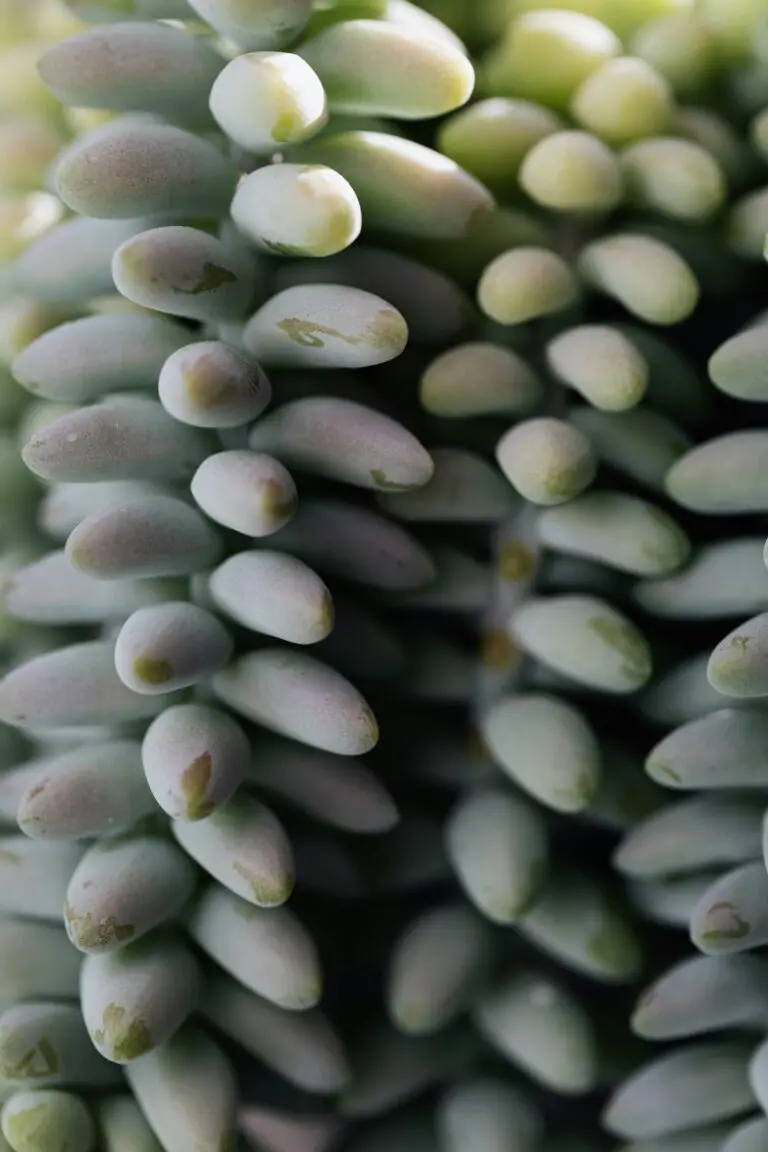
But that’s not all – sedum plants ask for little yet give so much. They are famously low maintenance, happily settling in nearly any spot with decent sunlight. Not only does this make them a dream for gardening newbies, but it also allows seasoned gardeners to free up time to tend to more demanding plants. Low maintenance does not mean no maintenance, though, and you can learn more about caring for these and other succulents to ensure they’re at their best.
And let’s not forget their aesthetic appeal. Whether you opt for ground cover varieties or those that form clumping mounds, sedum can add texture and color, brightening any space. Watch your garden transform with their rich hues and shapes throughout the seasons – from star-shaped flowers in summer to the warm tones of their foliage in the fall.
It’s not just us humans who appreciate these hardy plants – sedum is a magnet for pollinators. Bees and butterflies, those essential garden visitors, are attracted to the nectar-rich blooms. By planting sedum, you’re not only decorating your own space but also supporting local wildlife and the broader ecosystem.
If this has piqued your interest, you’re not alone. The benefits of sedum, such as those described in a comprehensive guide to sedum plants, are generating buzz amongst gardeners and environmentalists alike. It’s clear that when it comes to striking a balance between beauty and brawn, sedum plants are a winning choice.
Choosing the Right Sedum Variety
Are you considering adding a splash of toughness and color to your garden? Sedums, those plucky little succulents, might just be the resilient charmers you’re looking for. But with such a smorgasbord of species, how does one choose the perfect fit for their green oasis?
Delve into the diverse world of sedums, where every species has its own tale to tell. Imagine a sedum for every scenario: the lush ‘Autumn Joy’ that stands tall against brisk fall winds, the charming ‘Angelina’ sedum that weaves golden carpets across the soil, or the ‘Dragon’s Blood’ that paints a dramatic crimson across your garden tapestry. Your mission, should you choose to accept it, is to find the sedum that not only survives but thrives in your garden’s unique climate, soil, and design narrative.
Dig your green thumbs into the specifics of where you’re planting. Is it a sun-scorched battleground or a shady retreat? Sedums are sun-worshippers, but some do better than others under a broiling sky. On the flip side, certain varieties can handle a little cover of clouds. And don’t even get us started on soil – while sedums are famously unfussy, they’ll give you an encore performance with the right earth beneath their roots.
Visual allure matters too. After all, we’re crafting a garden, not a gladiator arena (though sedums would stand strong in either). Picture height and heft, color and form. Want a low-lying groundcover or a statuesque border? A perennial palette of greens or a seasonal festival of blooms?

Why not take a stroll through our guide on succulents to spark some inspiration? It’s a verdant vault of knowledge, showcasing the marvels of these hardy yet stunning plants. Dive in and explore the choices—they’re as rich and varied as the hues of sedum themselves.
Choosing the right sedum is like selecting the perfect piece for your living, breathing jigsaw puzzle. It’s about more than survival; it’s about creating a spectacle that draws the eye and captures the heart season after season. So, are you ready to welcome these hardy succulents into your life? Pull on your gloves, it’s time to transform your garden into a sedum spectacle that even Mother Nature would applaud.
Sedum Planting Guide
If you’re pondering over “Should I plant sedum?,” let me take you on a journey that will not just convince you but equip you with everything you need to know to start your very own tapestry of these rugged beauties. Imagine a garden that thrives with minimal fuss, dazzling with textures and colors, and brimming with drought-defying vitality—that’s the sedum promise.
First things first: timing is everything. While sedum can be forgiving, planting them at the onset of their growing season gives them the best kickstart. Think spring or early summer, when the soil has just begun to warm up and the fears of frost are behind you. This period of new beginnings is when your sedum will sink its roots deep and establish itself firmly.
But before you get those hands dirty, let’s talk “location, location, location.” A spot where the sun loves to linger is ideal. Remember, sedum is not just a plant; it’s a little sun worshiper. Full sun to partial shade will ensure your sedums are living their best life. In terms of real estate, that’s a south-facing garden bed, a sun-drenched slope, or anywhere they can bask in glorious sunshine for the majority of the day.
Let’s delve into soil preparation, where the magic truly begins. Sedum prefers well-drained soil—they despise wet feet! Think of it like prepping a luxurious bed for a guest; the soil needs to be just right. A mix of soil, coarse sand, and compost will create the perfect home for your hardy succulents. If you’re battling with clay, consider raised beds or containers to provide that essential drainage.
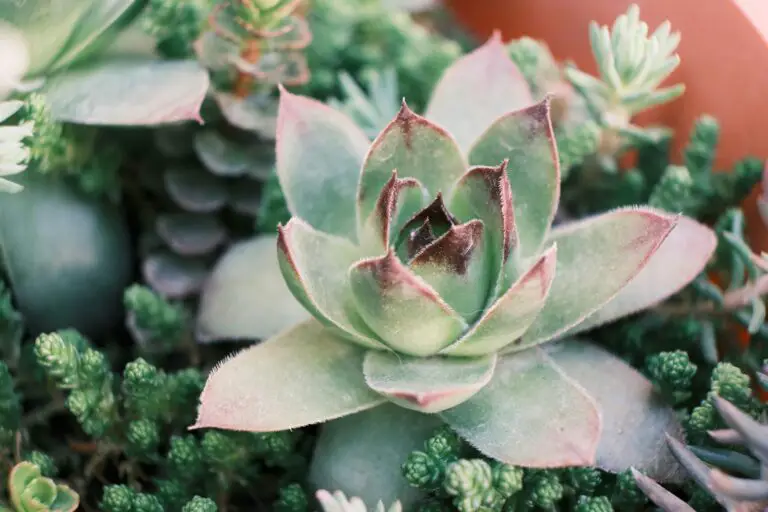
When you’re ready to plant, space your sedum about six to eighteen inches apart, depending on the variety. Imagine them grown, their foliage mingling, creating a seamless carpet of color and texture. Then, set each plant into the soil just deep enough to comfortably hold it in place. You want the crown of the plant (where the stems meet the roots) to be at soil level, much like placing a crown upon a monarch’s head—it should sit proud and noble.
Watering your newly planted sedums is akin to giving them a welcome drink—a necessity, but not too much. You’re aiming for moist soil, not a swamp. This initial watering settles them in, eliminating air pockets around the roots. After that, nature’s sporadic showers and the occasional check-in during prolonged dry spells will suffice.
In conclusion, your journey with sedum starts with these essential steps: right timing, perfect spot, soil fit for royalty, and well-considered watering. Now, you’re not just prepared to plant sedum; you’re ready to perfect the art of cultivating resilience and beauty with ease.
Caring for Your Sedum
When it comes to gardening, sedums are like the cool, low-maintenance friend everyone wants to have. These succulents, with their plump leaves and resilient nature, can survive in not-so-friendly conditions where other plants might throw in the trowel. But to really see them flourish, a touch of TLC goes a long way. Let’s dive into the nitty-gritty of sedum care and turn that green thumb you’ve always aspired to have into a green high-five!
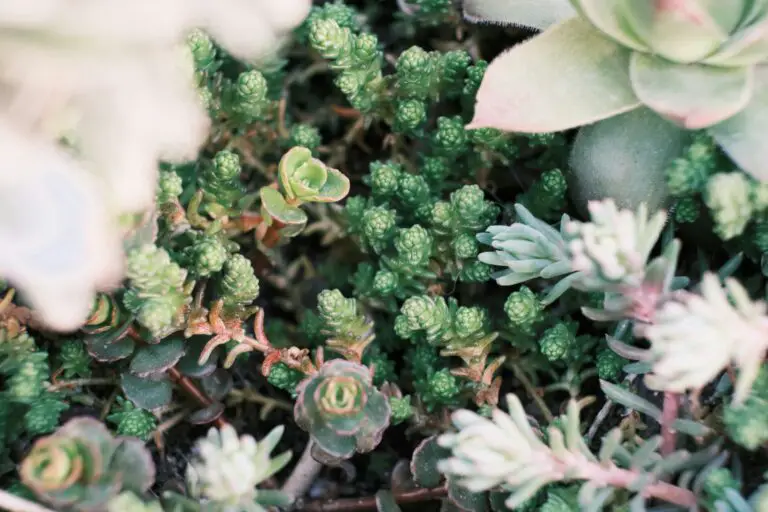
Watering Wisdom
First off, sedums are drought-tolerant warriors, but they aren’t camels! The key is to water deeply but infrequently, to encourage strong root development. Imagine this: It’s a scorching July afternoon, you’re parched, and so is your sedum. A deep gulp for them means letting the water reach right down to the roots, then allowing the soil to dry out completely before the next watering session. This little routine will keep rot and fungal diseases at bay, and help your sedum thrive like it’s in its natural, rocky habitat.
Feeding Fundamentals
Think of fertilizing like a sedum spa day — it’s all about rejuvenation. These succulents aren’t fussy eaters, but they do appreciate a light feeding of slow-release fertilizer at the start of the growing season. It’s like giving them a hearty breakfast that slowly releases energy, setting them up for success. But don’t overdo it; too much fertilizer can do more harm than good, just like too many pancakes can make anyone feel sluggish.
Pruning Practices
Last up, let’s chat about pruning — it’s not just about aesthetics, it’s about health. Snipping off the dead or damaged parts in early spring gives your sedum space to grow and breathe. Think of it as a haircut after a long winter, refreshing and invigorating. Plus, if you want to keep your sedum in check or prevent it from flopping over, a little trim can work wonders. And don’t forget, those snipped stems are perfect for propagating new plants — talk about a bonus!
So there you have it, the essential guide to making your sedum the showstopper of your garden. With just the right amount of water, a tad of nutrition, and the occasional snip-snip, you’ll be the talk of the town or, at the very least, the hero in your own backyard saga.
Common Sedum Pests and Problems
So, you’ve decided to invite sedum into your garden party – a wise choice! These hardy succulents are like the life of the garden soirée, but sometimes uninvited guests creep in, turning your jubilee into a bit of a jamboree. It’s time to talk about the crashers: common pests and problems that target our resilient sedum plants.
Consider aphids, the tiny party poopers. They’re like those folks who stick to the buffet a little too long, sapping the vigor from our sedum’s lush foliage. Now, visualize your sedum as a dapperly dressed gent, and aphids are the lint on his velvet coat. A quick ‘brush-off’ with a strong water spray or introducing natural predators like ladybugs can send these nuisances packing.

Next on the gatecrasher list are snails and slugs, the slow-moving minglers that nibble away at your sedum’s sleek leaves, leaving unsightly holes as evidence of their presence. A sprinkle of diatomaceous earth is like drawing a security line around the VIP area – snails and slugs can’t cross without paying the ultimate entry fee.
Then there’s the powdery mildew, a clingy guest that cloaks sedum in a dusty shroud. This fungal freeloader thrives in the crowded, humid conditions of a packed garden. Air circulation is key here; think of it as turning up the music and creating space on the dance floor. By spacing your plants properly, you ensure this unwanted visitor doesn’t linger.
Lastly, let’s not forget root rot, which is like the underground rumblings of a bass that’s set too high – it’s disruptive and can shake the very foundation of our beloved sedum. Overwatering is often the culprit here, so watering your succulents should be more like a toast to good health – occasional and just the right amount to keep things lively.
Accidents happen, and sometimes pests and problems might go unnoticed until they’ve made a scene. Regular check-ups on your sedum plants are like glancing at the guest list; it’s how you ensure everyone who’s there is meant to be and enjoying the festivities. By staying vigilant, you can keep your sedum looking sharp and party-ready year-round!
Landscaping with Sedum
Revitalizing your garden with a dose of hardy charm? Look no further than sedum, the resilient rock star of succulents. Known for their tenacity, these drought-tolerant plants are a landscaper’s dream when it comes to fuss-free beauty. By choosing sedum, you’re simultaneously making an eco-friendly choice and injecting an effortless, yet structured, aesthetic into your outdoor sanctuary.
Imagine a rock garden that’s not just a jumble of stones but a carefully curated exhibit of texture and color. With sedum species ranging from the ground-hugging ‘Dragon’s Blood’ to the upright ‘Autumn Joy’, your rockery could come alive with vibrant hues and variegated foliage. These succulents thrive between crevices and boulders, creating an interplay of the natural elements that’s both visually striking and incredibly self-sufficient.
But these robust plants don’t just shine in rocky situations. Consider those challenging areas of your garden where nothing seems to grow. Sedum is your go-to ground cover, transforming barren patches into carpets of greenery dotted with star-shaped blossoms. They are unparalleled in their ability to adapt to tough spots, whether it’s a slope that’s hard to mow or a sunny spot that scorches less hardy plant varieties.
Real-life inspiration comes from a range of environments. Urban dwellers have adorned rooftop gardens with sedum, saying goodbye to bland and hello to biodiversity. Suburban green thumbs have swapped out high-maintenance lawns for sprawling sedum patches that require zero mowing. Even in rural settings, sedum has been the hero of hillside erosion control, with its dense root structure keeping the soil firmly in place.
These practical applications are matched only by sedum’s environmental benefits. As a bee-friendly plant, it plays a pivotal role in supporting pollinators. By including sedum in your landscape, you’re not just beautifying your space—you’re contributing to the health of your local ecosystem.
Thinking about incorporating sedum into your green space? The visual reward is undeniable. Take a glance at these succulent marvels and witness how they effortlessly elevate a garden’s profile.
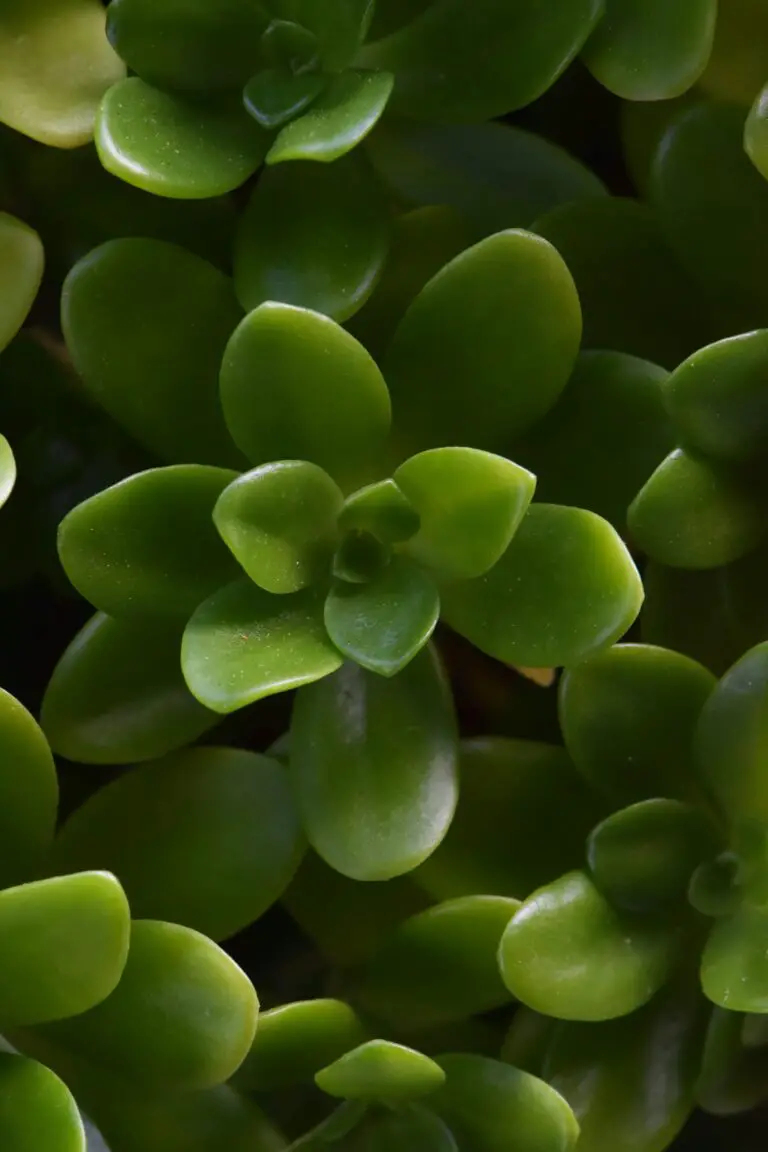
By understanding the versatility and resilience of sedum, you’ll see why it’s become such a valued plant for gardeners across climates and styles. Sedum is more than just a plant; it’s a testament to the beauty and endurance of nature, a timeless choice for any landscaping project.
Winterizing Your Sedum
As the temperature takes a nosedive, it’s time to swaddle your sedum in a little TLC to ensure they strut into spring as radiant as ever. Let’s unearth some hardy advice on how to help these succulent sensations brave the brisk months ahead.

They may be tough as nails, but your sedum squad still needs a strategy to sidestep the chill. It’s all about the art of anticipation. Before Jack Frost starts nipping, cut back any leggy stems—that’s nature’s version of a preemptive strike against any potential rot that thrives in winter’s damp embrace.
Now, envision your garden as the ideal winter wonderland for sedums: a well-drained, fluffy bed that keeps away the cold, soggy blues. If the clay-like soil in your yard clings to moisture like a sponge, consider raising the game with raised beds or installing a gritty, no-nonsense layer—like coarse sand or gravel—beneath your plants.
Some green thumbs might get twitchy thinking about mulch; yes, it’s a winter staple for many plants but use it sparingly with sedum. These guys need to breathe even when it’s chilly, so a thin, breathable blanket of pine needles or shredded bark can keep them cozy without suffocating their roots.
And here’s a frosty fact: snow is an unsung hero for your sedum. It acts like an insulating igloo, shielding the plants from biting winds and icy temperatures. Don’t rush to brush it off; let nature’s quilt do its job.
So, cozy up your sedums for the winter and watch them launch into next season like a botanical phoenix rising from the frosty ashes—a true garden triumph waiting to unfold!
Sedum in Environmental Conservation
When it comes to championing environmental conservation, sedum plants have quietly been leading the revolution from the rooftops down. Green roofing, a prime example of sedum’s sustainability superpowers, involves the use of hardy succulents — with sedum as a star player — to create living, breathing insulation for buildings.
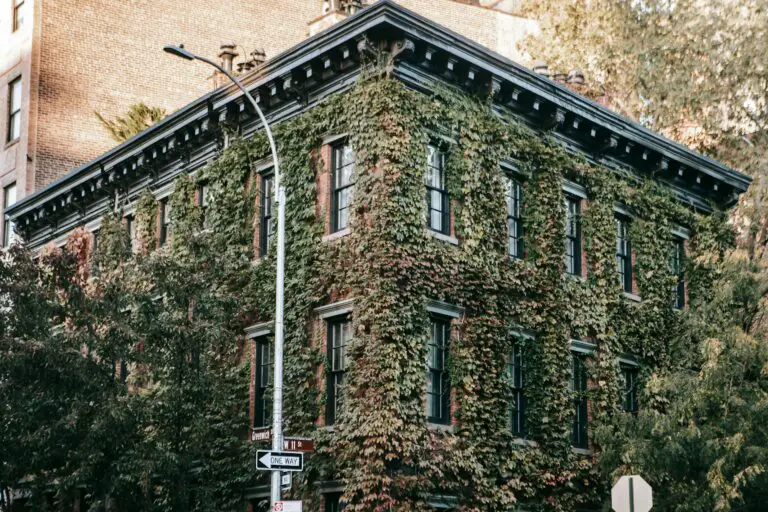
In the concrete jungle, sedum roofs are a spectacular sight. Not only do they paint the town green, literally, but they’re also workhorses, reducing the urban heat island effect. Cities become sizzling hot due to the abundance of concrete and lack of vegetation, but sedum’s soil-cooling and shade-providing prowess bring the much-needed relief.
Take the example of a busy city office block — once a heat magnet, now a cool island thanks to a sedum green roof. The benefits spill over from reduced energy costs to increased biodiversity. Butterfly and bee populations, in particular, have found oases amidst the harsh cityscape, thanks to these verdant havens.
The Intersection of Aesthetics and Ecology
But it’s not just about combating heat; these plants are also frontline warriors in stormwater management. In a torrential downpour, the sedum-laden rooftop acts as a sponge, absorbing water, thus mitigating the risk of flash floods. This is nature’s own water management system in action, with sedum playing a pivotal role.
Furthermore, the deep-rooted sedum varieties delve into their bag of tricks to prevent soil erosion, anchoring themselves and the earth firmly in place. It’s a simple, yet profoundly effective natural engineering feat, protecting the land and the life that depends on it.
Gone are the days when green roofing was a novelty; today, it’s a necessity in sustainable building design. Sedum’s role in environmental conservation is an affirming nod to the adaptability and resilience of nature—and a clear ‘yes’ to the question, ‘should I plant sedum?’
Frequently Asked Questions
Deciding to plant sedum, often known as stonecrop, means inviting a symphony of texture and color to your garden. But with that decision come some questions. Let’s dig into some of the most common curiosities gardeners have about these resilient succulents!
When Should I Plant Sedum?
Strike when the iron—or rather, soil—is hot! The best time to introduce sedum to your garden is at the curtain call of spring or as summer takes its opening breath. These succulents thrive with the warmth and are more likely to establish themselves firmly before winter’s chill.
How Can I Propagate Sedum?
Sedum is the gift that keeps on giving. To propagate, simply take a healthy cutting, let it callous for a few days to avoid rot, and nestle it in well-draining soil. Marvel as it takes root and multiplies, just like your one successful recipe that’s now a family favorite at every potluck!
Can Sedum Grow in Shade?
These sun-seekers can handle a little shade, but too much will have them stretching out like a cat in a sunbeam, resulting in weak and leggy plants. For lush, vibrant sedum, a spot where sunshine is generous will make a substantial difference.
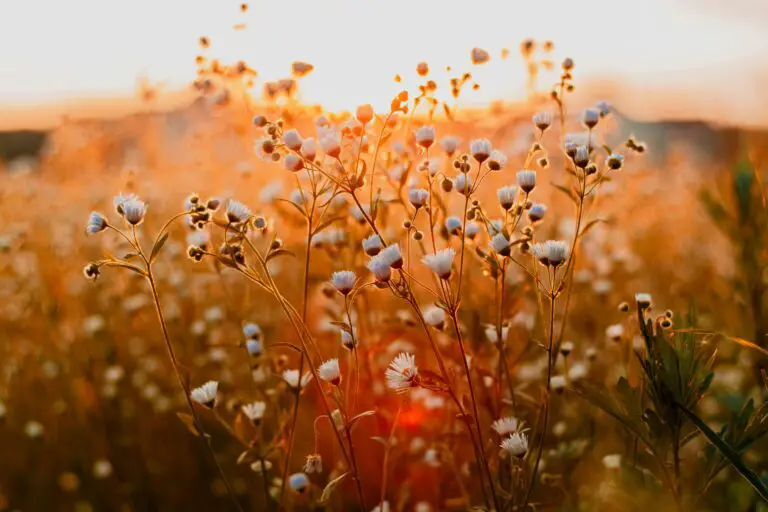
Revitalizing Overgrown Sedum
Like a bestselling novel that’s been read one too many times, overgrown sedum might look a bit tattered around the edges. Give them a fresh start with the snip of your shears! Pruning in early spring can invigorate growth and help maintain the plant’s captivating shape.
Equipped with answers to these budding questions, you’re poised to decide whether to plant sedum. They’re not just hardy; they’re a canvas of opportunities, each variety painting a unique stroke in the art of your garden. The secret’s out: sedums are hard to resist!



